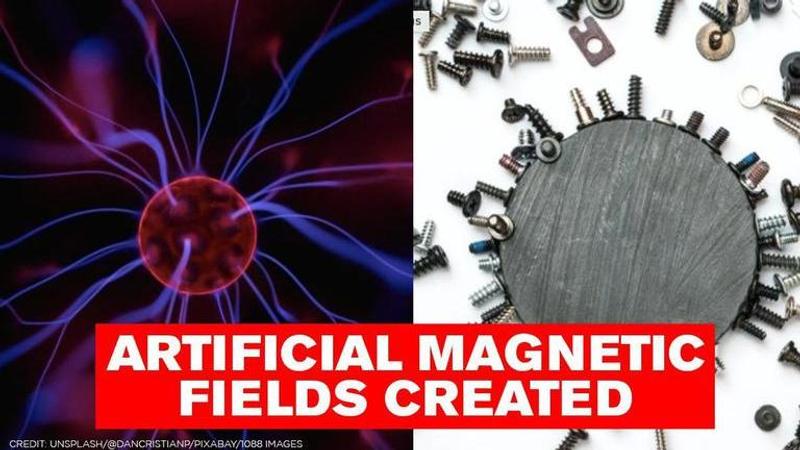Published 15:40 IST, September 16th 2020
Aurora Borealis phenomenon replicated by scientists using 'Lorentz Force'; read details
In a new study published in Nature Photonics journal, the researchers transformed photons into negatively charged particles like Aurora Borealis phenomenon.

Advertisement
The University of Exeter scientists created artificial magnetic fields by changing protons into electrons using Lorentz force. In a new study published in the Nature Photonics journal, the researchers transformed photons into negatively charged particles in real magnetic fields by curving its trajectory with pseudo-magnetic force. Scientists changed the light path of the photonic devices to below its diffraction limits, a phenomenon seen in the Earth's northern lights' Aurora Borealis.
Lead scientist and author of the study Charlie-Ray Mann explained in the study that the metasurfaces on which the experiment was conducted triggered the hybrid light-matter excitations on the metasurfaces. The process is known as the polaritons, which is similar to how the magnetic fields deflect charged particles. Similarly, the charged photons were deflected on the metasurface due to the distortions occurring from the real magnetic field. Mann said in the press release that the artificial magnetic field was created by exploiting the hybrid nature of the polaritons on the honeycomb surfaces.
Scientists have discovered an elegant way of manipulating #light using a “synthetic” Lorentz force — which in nature is responsible for many fascinating phenomena including the Aurora Borealis.https://t.co/1Hjucu1uBe
— University of Exeter News (@UniofExeterNews) September 15, 2020
Read the full paper @NaturePhotonics: https://t.co/VTClnapSyN pic.twitter.com/Pw0fPLGkWJ
Further, in the study, the researchers said that they created the photonic cavity by embedding the charged metasurface between two mirrors and changed the width of the cavity by flexing the course of the artificial magnetic field. There was no need to modify the tiny structures on the metasurface, the scientists said. The synthetic field can also be entirely switched off at critical width by manipulating the light in the photonic structures.
Spectacular Northern Lights phenomenon
One of the biggest challenges was to tune the artificial magnetic field by modifying the strain on the graphene membrane with precision, scientists revealed. To achieve this, scientists changed the width of the photonic cavity. Mann said in the study that this mechanism bent the trajectory of the polaritons, which was achieved by using the Lorentz-like force. This emulated the spectacular Northern Lights phenomenon.
“Being able to emulate phenomena with photons that are usually thought to be exclusive to charged particles is fascinating from a fundamental point of view, but it could also have important implications for photonics applications,” Supervisor of the study Dr. Eros Mariani said. “We’re excited to see where this discovery leads, as it poses many intriguing questions that can be explored in many different experimental platforms across the electromagnetic spectrum," he added.
15:41 IST, September 16th 2020



